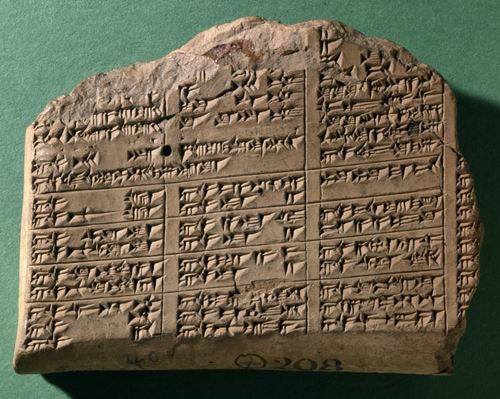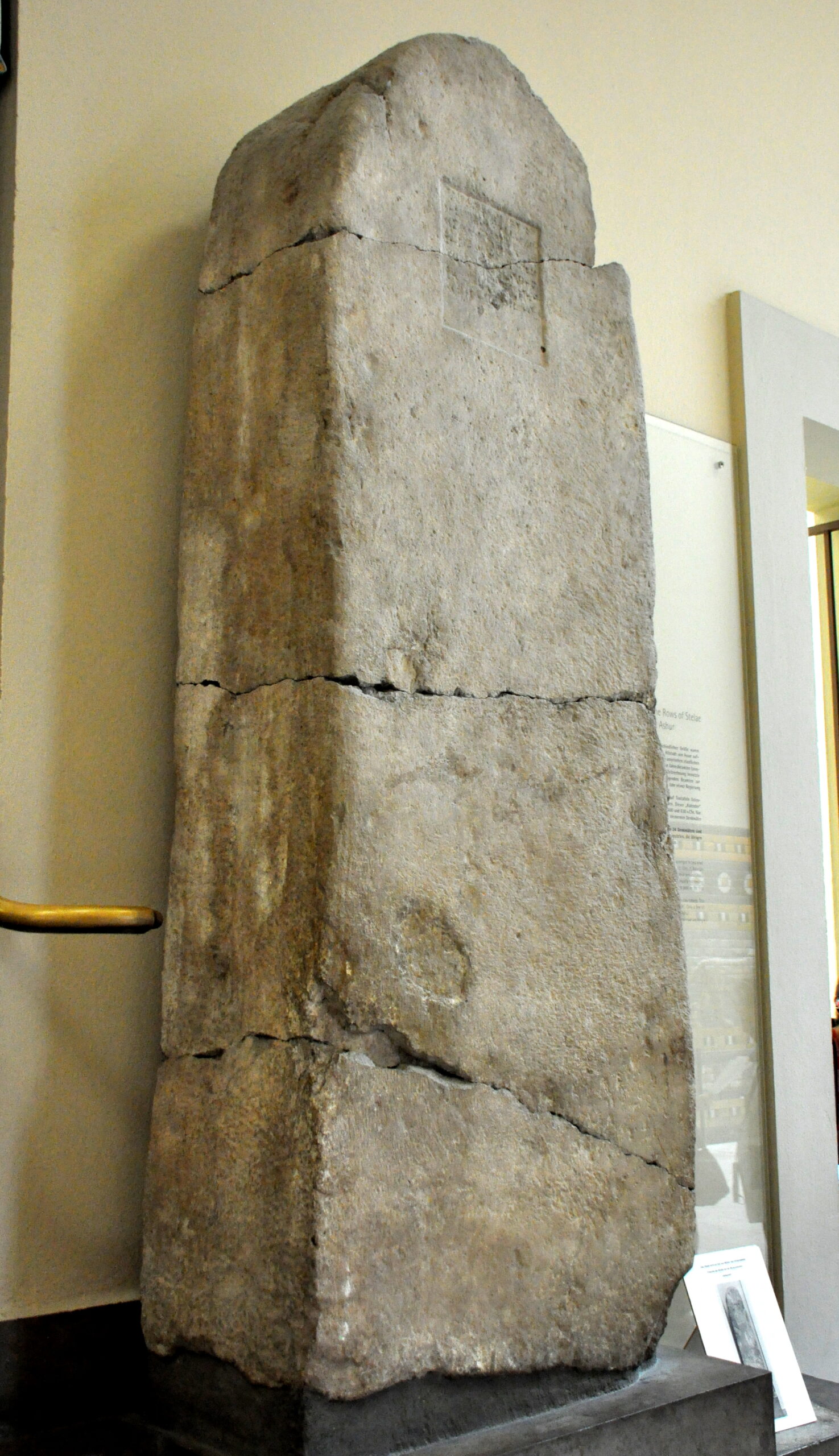The Library of Alexandria burned in 48 BC, and so much was forever lost that it was arguably civilisation’s single biggest setback. Five centuries earlier in 612 BC, another great library burned, but that time the loss was not forever. The paper, papyrus, and leather contents of the library at Alexandria were consumed in the flames, while the clay contents of Ashurbanipal’s Library at Nineveh were baked hard and preserved. I said on day 47 that where and how you write makes a difference to the survival of your ideas; this is the poster child for that thought. Ashurbanipal’s legacy, baptised in fire, contains some of the best-preserved writings in all cuneiform culture.
From 1973 to 1998, the Red Army Faction of urban guerrillas was a radical left-wing group, inspired by the writings of Gramsci and Marcuse, and fighting to purge the remaining influences of Nazism in Germany. They are popularly referred to as the Baader Meinhoff Gang, and at least some of you will probably be thinking “that’s weird, I just found out about this the other day”. This is the Baader-Meinhoff effect. Once you hear about the Baader Meinhoff Gang, you’re destined to hear about them again all the time. It’s one of those references that are regularly dropped into conversation and articles , and if you don’t catch the allusion, your brain just shrugs and moves on without even telling you there was a gap. The same thing often happens when you learn a new word in a foreign language. You suddenly hear it everywhere and wonder how on earth you’d missed it up till now. And in one of those really weird coincidences life throws up from time to time, as I was thinking about writing about this for today’s piece, a friend messaged me a link to a cuneiform-related story with the comment, “Baader-meinhoff! I keep seeing things and thinking of you!”
Ever since the first day this challenge came into my world, I’ve had this effect on a recurring basis. Cuneiform is everywhere, and not just when I’m looking for it. It’s in the news, with looted tablets in New York being ordered returned to Iraq; it’s in the online discussion of the plot of a seminal cyberpunk book I read years ago (you’ll have to wait for day 113 to hear that one). I thought that Ashurbanipal’s library had a similar effect, as no matter what I was researching, it would crop up. Now I realise that’s because it’s really everywhere. There were 30,000 tablets and fragments recovered from the excavation at Nineveh, and among them are some absolute gems, so no matter the subject, Ashurbanipal probably had some reading materials about it on his overflowing shelves.
H.G. Wells called it “the most precious source of historical materials in the world” and we have drawn and will continue to draw on it many times in the six months of this challenge. The Venus Tablet of Ammisaduqa (day 26), and most recently the prism of Sennacherib (day 45) were both his. And still to come we have the stars of the library, the tablets that make up the Epic of Gilgamesh (probably week 17). Today’s tablet though, is the one that started this all off for me. It’s a lexical list of stones, which seven-and-a-half-weeks-ago me mistakenly identified as a library index card from the library of Ashurbanipal. It’s actually a lexical list of the names of types of stones, not a list of stone tablets in the library.
So now it’s the end of week 7 and we’ve come a long way. But don’t fret – there are still 19 weeks to go. Starting tomorrow we’re going way back to spend a week finding out about the rise and fall of the early Sumerian city states.

